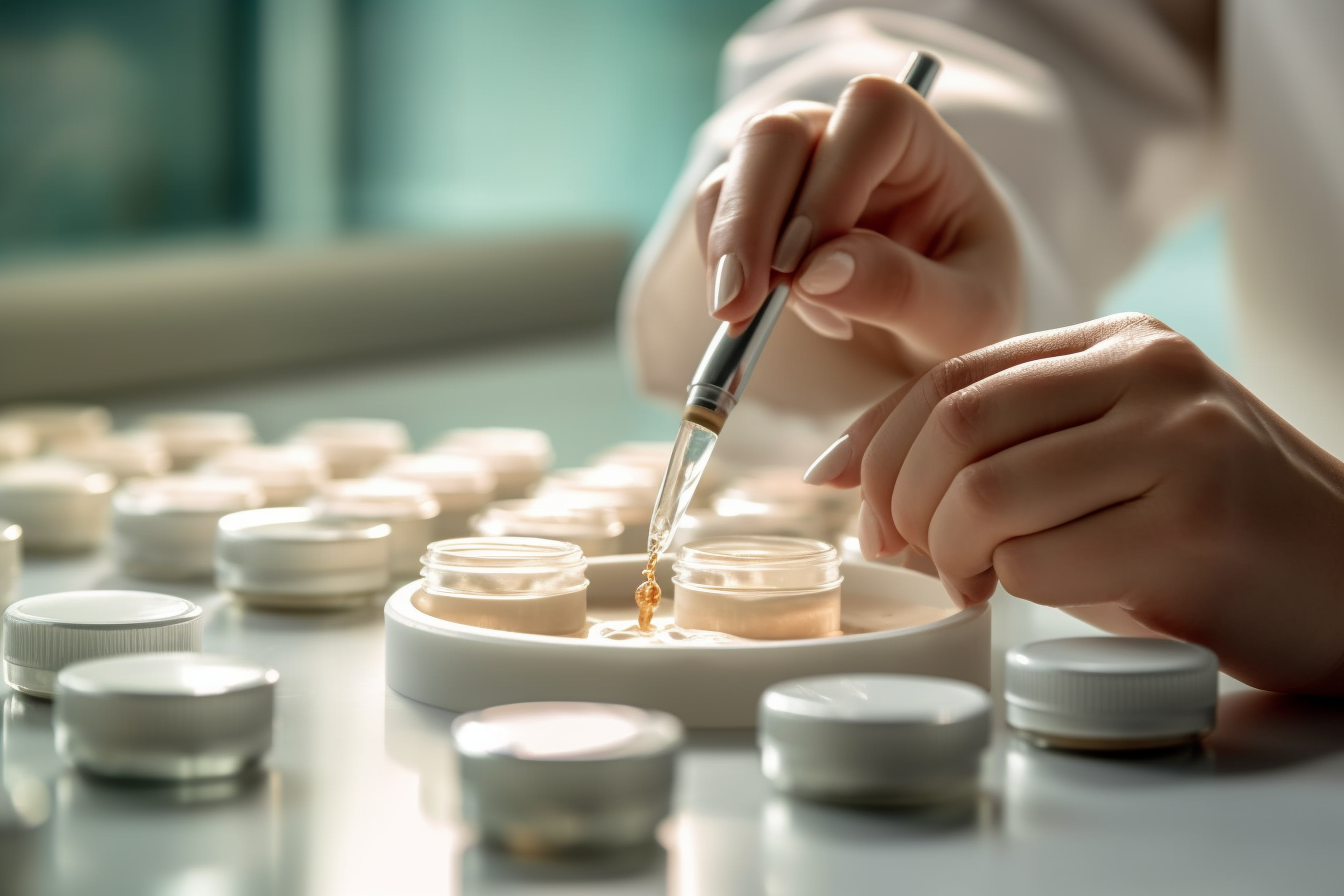- What is Reverse Engineering?
- The Principle Behind Reverse Engineering Cosmetics
- Dismantling a Cosmetic Product: The Process
- How Does Reverse Engineering Play a Role in Cosmetic Engineering?
- Can I Learn Cosmetics Formulation by Reverse Engineering Cosmetics?
- Significance of Reverse Engineering in the Cosmetic Industry
Have you ever wondered how your favorite cosmetic products are developed? With the beauty industry booming, brands constantly innovate to create unique and effective solutions. One method increasingly used in this strategy is reverse engineering cosmetics. In this article, we will explore the principle behind reverse engineering, the process of dismantling a cosmetic product, and its significance in the industry.
What is Reverse Engineering?
Reverse engineering refers to the process of analyzing an existing object, system, or organization to understand its structure, function, and operation. This technique has been employed in various fields, such as automotive design, software development, and mechanical engineering. It involves breaking down something into its core components and then reconstructing it, often with improvements or modifications.
The Principle Behind Reverse Engineering Cosmetics
In the context of the beauty industry, reverse engineering cosmetics entails dissecting a competitor’s product in order to replicate or improve upon its formula. The primary goal is to gain insight into how the product was made and determine why it is successful, ultimately leading to creating a better version or simply understanding what not to do when developing a new product.
Understanding Ingredients and Formulas
The first step in reverse engineering cosmetics involves analyzing the product’s ingredients. By doing so, researchers can identify which ingredients contribute to specific characteristics, such as texture, color, and scent. Additionally, they can uncover any novel or proprietary ingredients that may be responsible for the product’s success.
Once the individual ingredients have been identified, scientists proceed to analyze their proportions and interactions within the formula. This helps them understand how these ingredients work together to produce the overall effect and performance of the cosmetic item. Armed with this knowledge, they can then create a similar or improved version of the product.
Examining Manufacturing Processes
Apart from understanding the ingredients and formulas, reverse engineering cosmetics also involves studying the manufacturing processes employed to produce the product. This may include techniques such as emulsification, heating, cooling, mixing, and packaging. Gaining insight into these methods helps in replicating or refining the manufacturing process for their own products.
Dismantling a Cosmetic Product: The Process

The process of dismantling a cosmetic product typically involves the following steps:
- Physical examination: Observing the overall appearance, texture, scent, and color of the product. This provides an initial understanding of its characteristics and potential ingredients.
- Ingredient analysis: Identifying the individual components of the formula using various analytical methods, such as gas chromatography-mass spectrometry (GC-MS) and high-performance liquid chromatography (HPLC).
- Formula reconstruction: Determining the proportions and interactions among the identified ingredients. This may require trial-and error experimentation combined with scientific knowledge about each component’s behavior.
- Manufacturing exploration: Investigating the production processes used to create the product, paying attention to factors such as temperature, pressure, agitation, and equipment.
- Prototyping: Creating a prototype that closely resembles the original product, based on gathered information.
- Testing: Evaluating the performance of the prototype compared to the original product, making necessary adjustments to refine the formula and manufacturing process.
Challenges and Limitations
Reverse engineering cosmetics is not without its challenges. One major limitation is that the original product’s exact formula and manufacturing processes are often proprietary information, making it difficult to recreate them precisely. Additionally, some ingredients may be difficult to identify or obtain, especially if they are novel or used in small quantities.
Furthermore, creating a successful cosmetic product involves more than just replicating another brand’s formula. The overall branding, marketing, and customer perception play crucial roles in determining a product’s success. Reverse engineering can serve as a tool for understanding and learning from competitor products, but ultimately, innovation and differentiation must come into play for a brand to truly stand out in the crowded beauty market.
How Does Reverse Engineering Play a Role in Cosmetic Engineering?
Reverse engineering is a significant aspect of innovations in cosmetic engineering. By deconstructing cosmetic products, scientists can understand their formulation and ingredients. This knowledge enables them to improve existing products or create new ones. Reverse engineering allows cosmetic engineers to analyze competitor products, discover trends, and develop innovative solutions that meet consumer needs and preferences.
Can I Learn Cosmetics Formulation by Reverse Engineering Cosmetics?
The cosmetics formulation process can be learned through reverse engineering cosmetics. By dissecting and analyzing different cosmetic products, one can understand the ingredients, proportions, and production methods used. In turn, this knowledge can be applied to develop personalized formulations or create similar products.
Significance of Reverse Engineering in the Cosmetic Industry
Reverse engineering cosmetics serves various purposes within the beauty industry:
- Innovation and improvement: By dissecting successful products, brands can uncover new ingredients, formulations, and manufacturing techniques to improve their own offerings. This drives innovation and competition within the market.
- Quality control: Analyzing competitor products enables companies to benchmark their own items against industry standards, thus ensuring they provide customers with high-quality, effective solutions.
- Cost-effectiveness: Understanding the makeup of popular products can help companies develop more cost-effective alternatives, benefiting both the business and consumers.
- Legal compliance: In some cases, reverse engineering cosmetics may be necessary to ensure that products meet regulatory requirements and do not infringe on patents or other intellectual property rights.
In conclusion, reverse engineering has become an indispensable tool in the development and improvement of cosmetic products. As the beauty industry continues to grow and evolve, this technique will undoubtedly remain a key component in driving innovation, maintaining quality, and ensuring consumer satisfaction.
